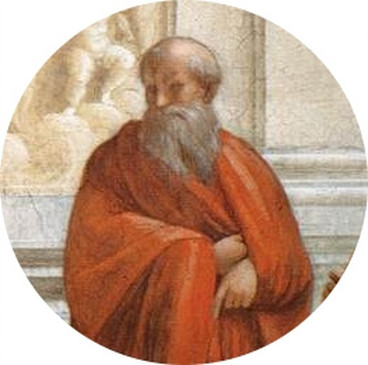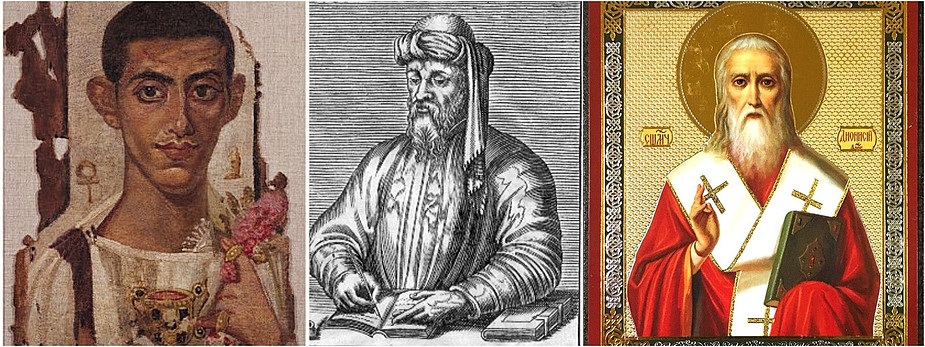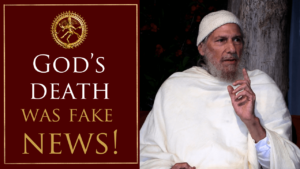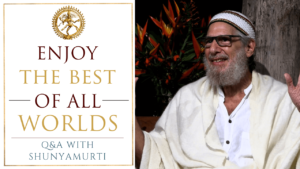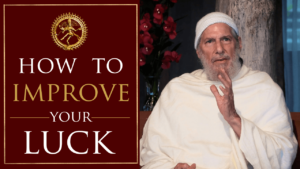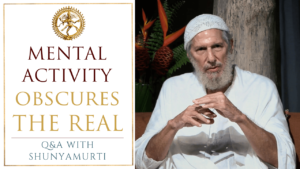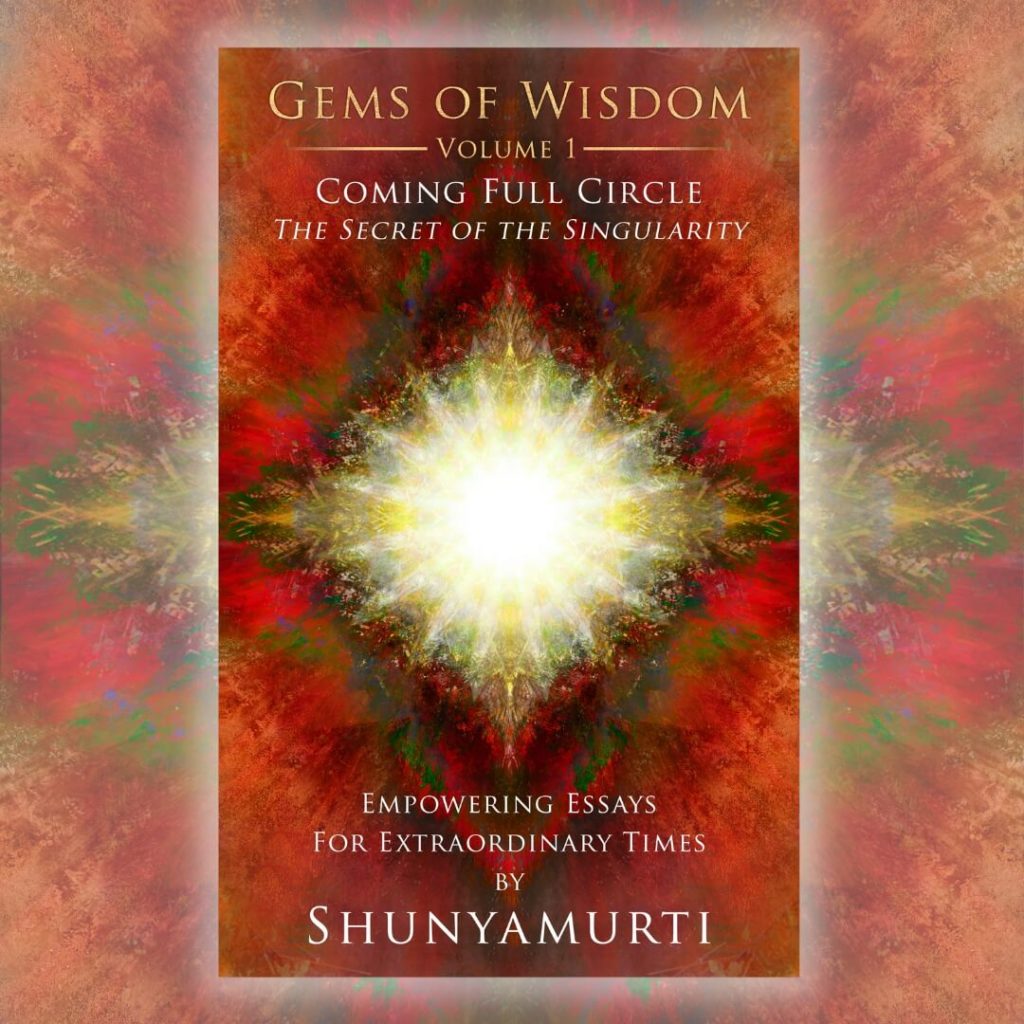We in the West have been cheated of the inheritance of our own highest spiritual tradition. The greatest ancient Greek philosophers—faithful lovers of wisdom—were true yogis. The most clearly accomplished and articulated western approach to yoga—union of the intellect with the Radiant Source of Presence—the One—was achieved by a sage named Plotinus.
Plotinus is the Patanjali of the West.
There is much to learn from his extraordinary mind. Perhaps there is more to learn from Plotinus, who probably did not attain jivan mukti, or complete liberation, than from many sages who did transcend the ultimate rung of the ladder to the Supreme One. That is because he focuses on the question of why we fall, why we seem to be unable to sustain our higher consciousness, and find ourselves again and again mired in the quicksand of maya. He reveals all our mistakes (which were his own, that he learned from and rose beyond) and clearly explains the correct approach. But there was one symptom of suffering that he could not shake off. In this seminar, we shall explore the fatal flaw in the character of Plotinus, even as we humbly learn from his brilliant victories.
This great and honest yogi continued the work of the wisdom school of Socrates, himself a disciple of a female adept named Diotima. Socrates was also deeply influenced by both Parmenides and the earlier Pythagorean and Orphic schools. The dialectical approach of Socrates to gyana yoga—metaphysical gnosis—was summed up first by Plato in his many dialogues in which the rhetorical artistry of Socrates was put on display.
Plotinus, several generations later, elaborated those Platonic insights and put more flesh on the skeleton key offered in the Platonic texts. His own guru, Ammonius Saccas, was his main immediate influence, but no writings of Ammonius are extant. This more fully elaborated paradigm of reality came to be called neoplatonism. Plotinus delivered his teachings to his own disciples in both oral dharma combat and in formal essays. His writings were posthumously organized by his student Porphyry into what has come down to us as his master opus, the Enneads.
The work of explaining the method of attaining the complete revelation of the splendor of the One was continued by his lineage of followers, most prominently the successor named Proclus. But the rise to hegemonic dominance of the Christian religion in the Roman Empire led to the oppression and destruction of the Greek mystical schools. Their books were burned and banned, their meeting places and temples were sacked and demolished, their sages were murdered or forced to flee into exile. The practical work of meditation they taught as the means to traverse the realm of pure Ideas and attain eternal union with the One, the Supreme Good, has been largely forgotten.
Some hints of these powerful neoplatonic understandings were infiltrated into mystical Christianity—the via negativa, as it came to be called—largely through the efforts of Dionysius the Areopagite. An internecine war within the halls of Christian schools of theology has been going on ever since. From the time of Byzantine Christianity up to the current day, there have been accusations of heresy, official condemnations, even martyrdom for some Christian thinkers ( (including Marguerite Porete) who dared to speak too openly of the approach to God taught by Plotinus and Dionysius, which elucidated the truth of nonduality and who taught transcendence of the level of mind that is mired in discursive thought.
The Supreme Radiance is your own ordinary mind, once it is freed from ignorance of its own nature and rendered totally coherent and silent.
This truth is well known in Zen and other Eastern yogic traditions, of course, but they do not employ in the same way the capacity of Reason to transcend mere rationality and attain the Supreme Light. The power of the Logos has remained undeveloped in the West and replaced by a fixation on two-valued logic that veils our ability to perceive the Real through paradox and willingness to enter the cloud of unknowing.
The Greek philosophic oeuvre has been badly translated, falsely smeared as outmoded and naïve, libeled as mere sophistry, and relegated in the Western culture to academic emasculation as a yogic practice. The postmodern approach to philosophy enjoys a pseudo-superiority complex, based on having overcome what Heidegger would call “the illusion of metaphysics and ontotheology.” Derrida went even further, calling presence itself a myth, thus shutting the inner portal to God-consciousness, abandoned on the other side of the now impassable wall of language.
Even when incorporated into mystical Christian practice, too often the pure simplicity of Being as Presence remained obscured by enmeshment of the mind in the dogma of semi-gnostic biblical fundamentalism and fossilized linguistic prayer, leaving true nondual contemplation of the supernal Real to the few monks who remained faithful to the task of God-realization in their cloistered lives, but who were no longer able to nourish the social order at large with the wisdom and vibrational frequencies of the Holy Spirit.
Today, this tradition is far more vibrant in the Eastern Orthodox tradition than in Catholicism or other Western forms of Christianism. But the un-mythologized approach through Reason alone, concentrating itself upon the mind’s own inconceivable core, recommended by Plotinus, has few apologists or teachers today. Three who stand out are Pierre Hadot, Pierre Grimes, and Eric Perl.
For too long, this ultimate resource for transforming our world has been kept from us through the mind control exerted by a materialistic, consumer-oriented, superficial, dumbed-down, sex-obsessed, degraded social order that ridicules all aspirational approaches to the Real not limited to scientistic positivism, atheism, or dead-end fundamentalist religion devoid of true insight.
We have collectively come to live a lie and to fear the Truth. But it is only the Truth that has the power to liberate us.


